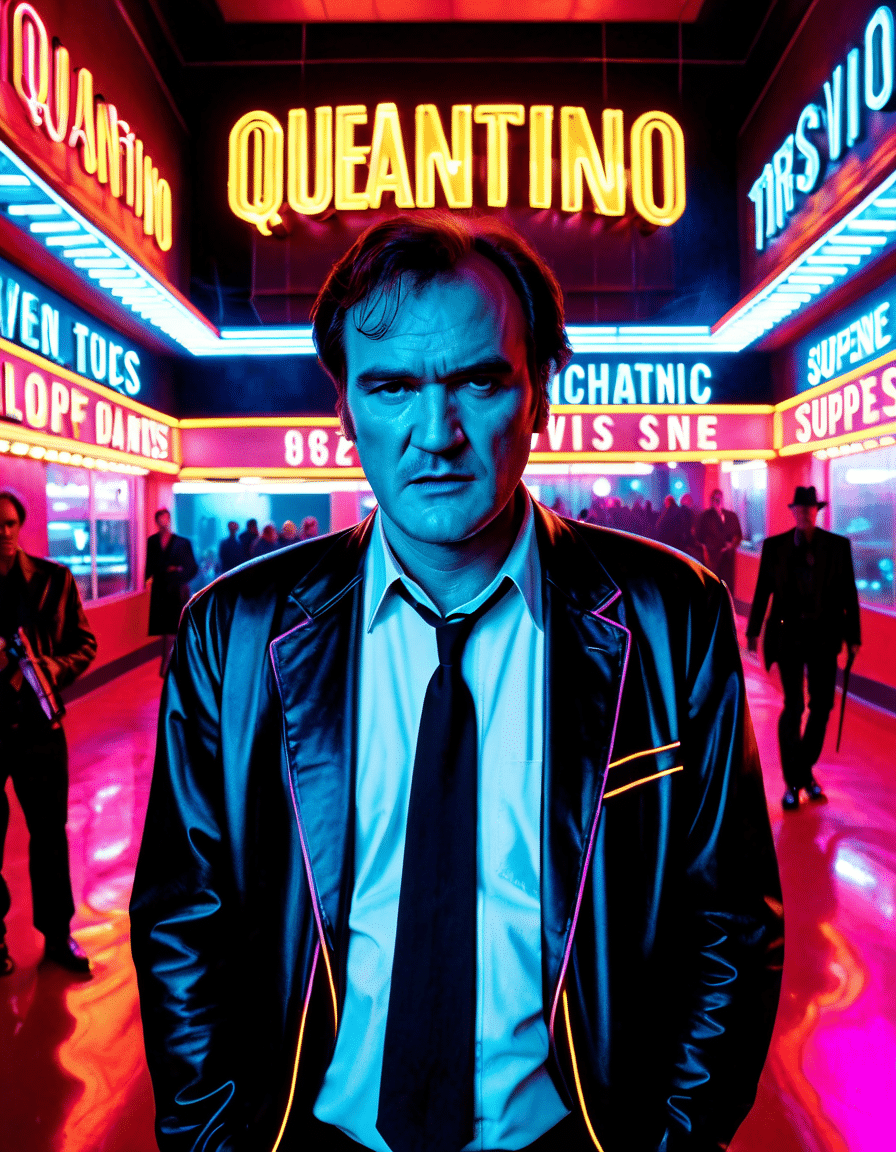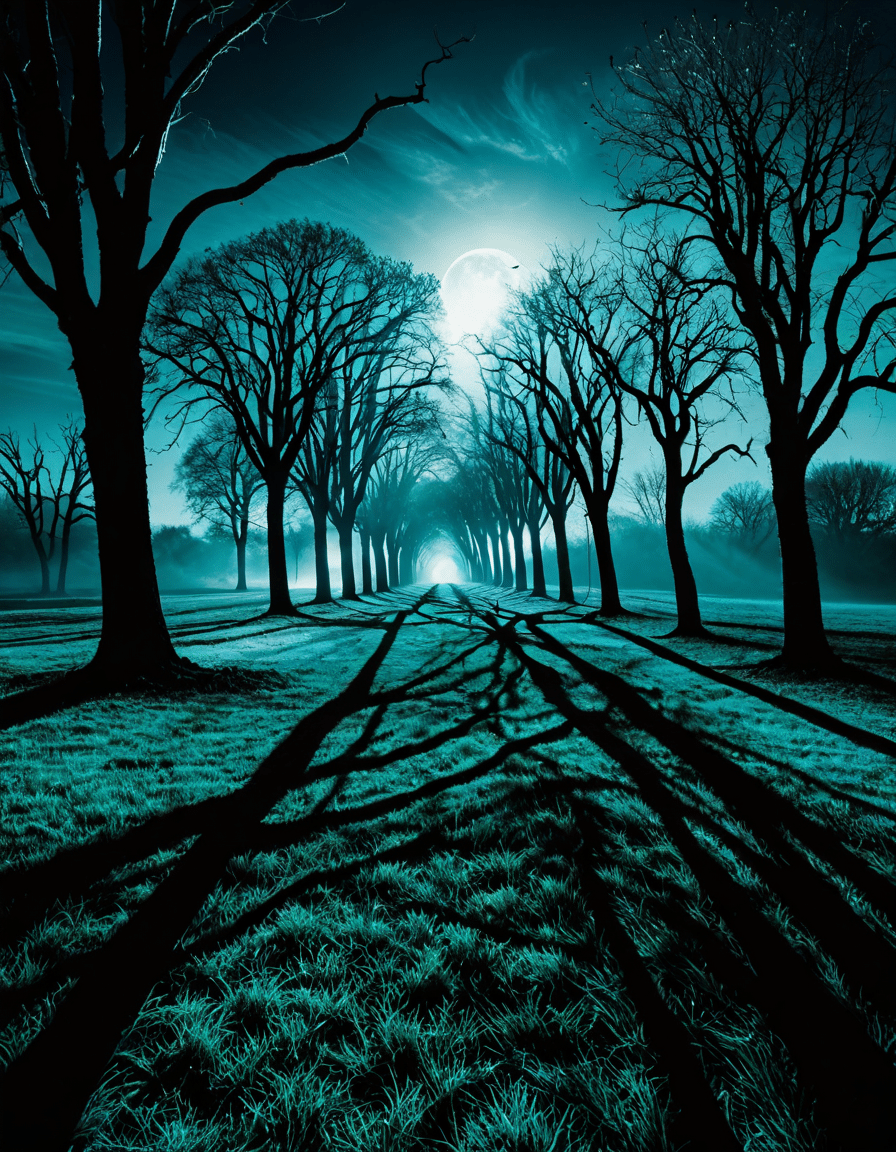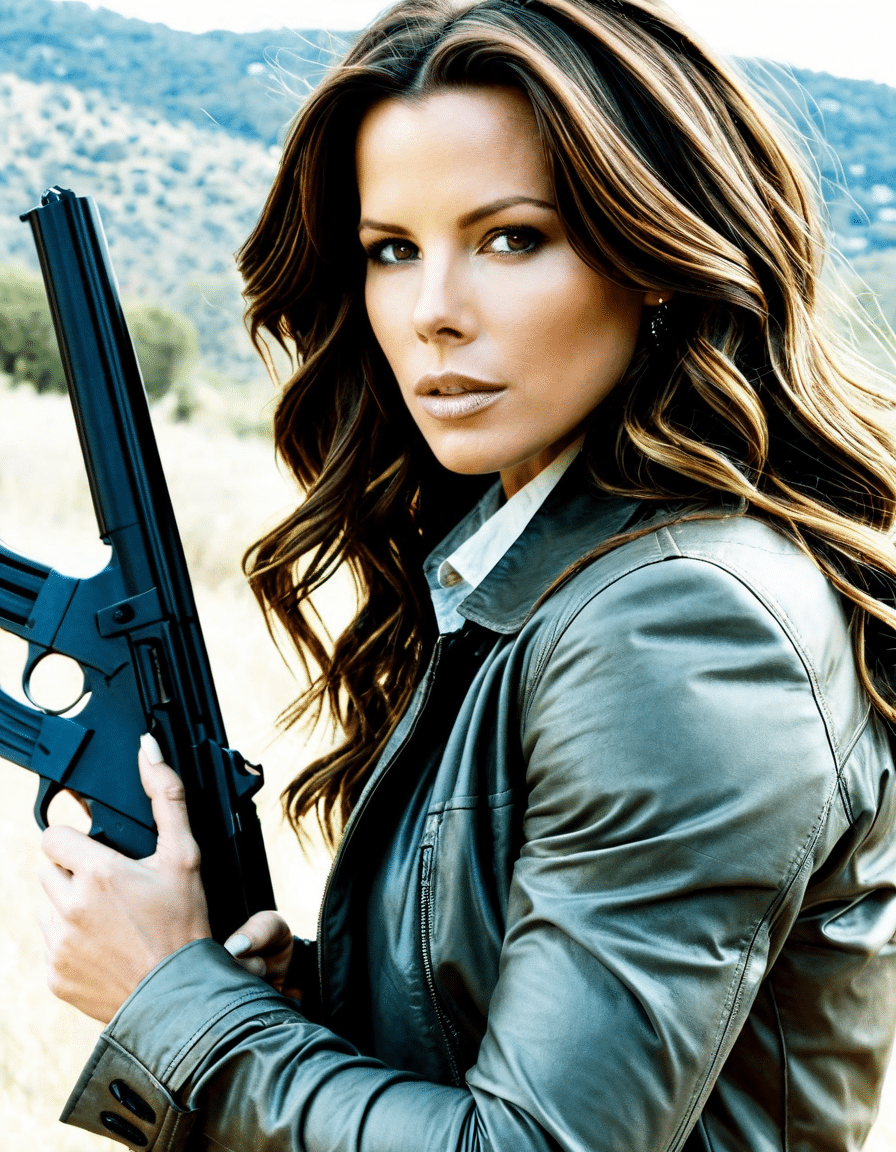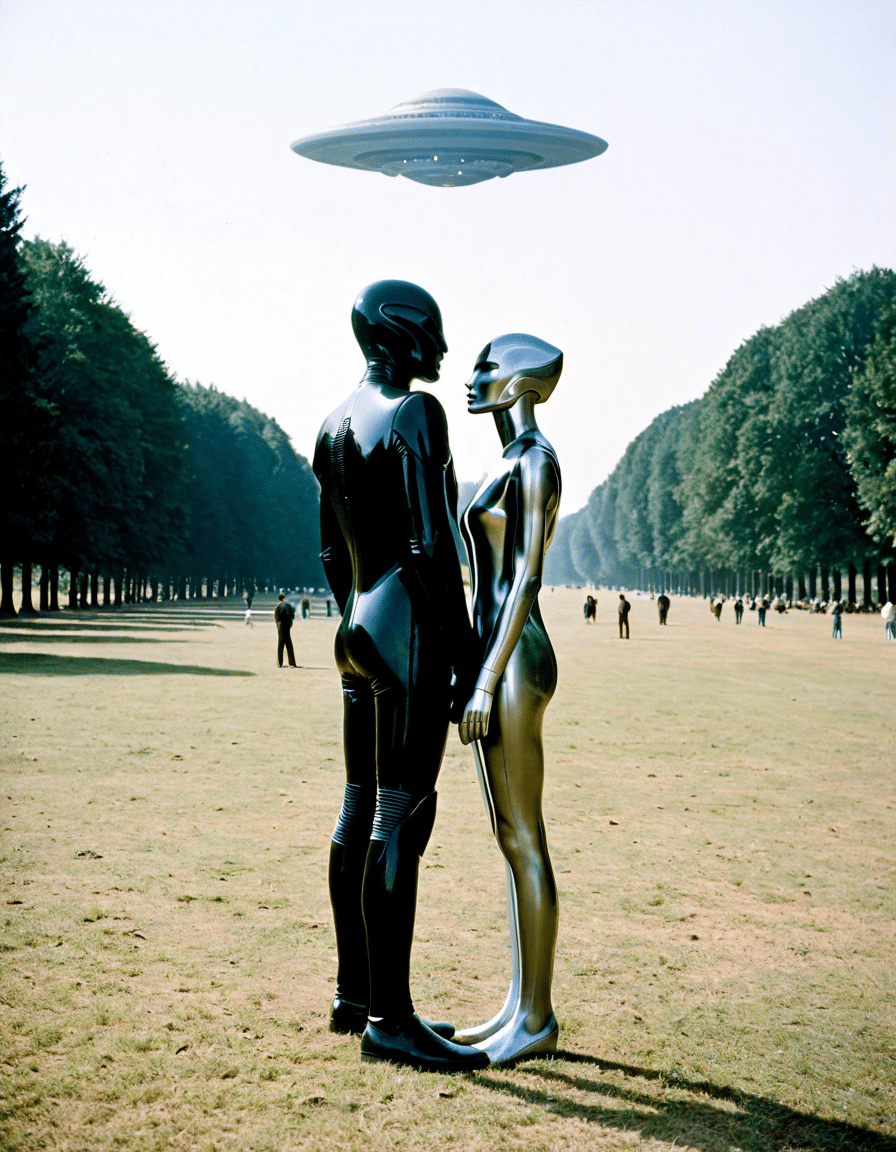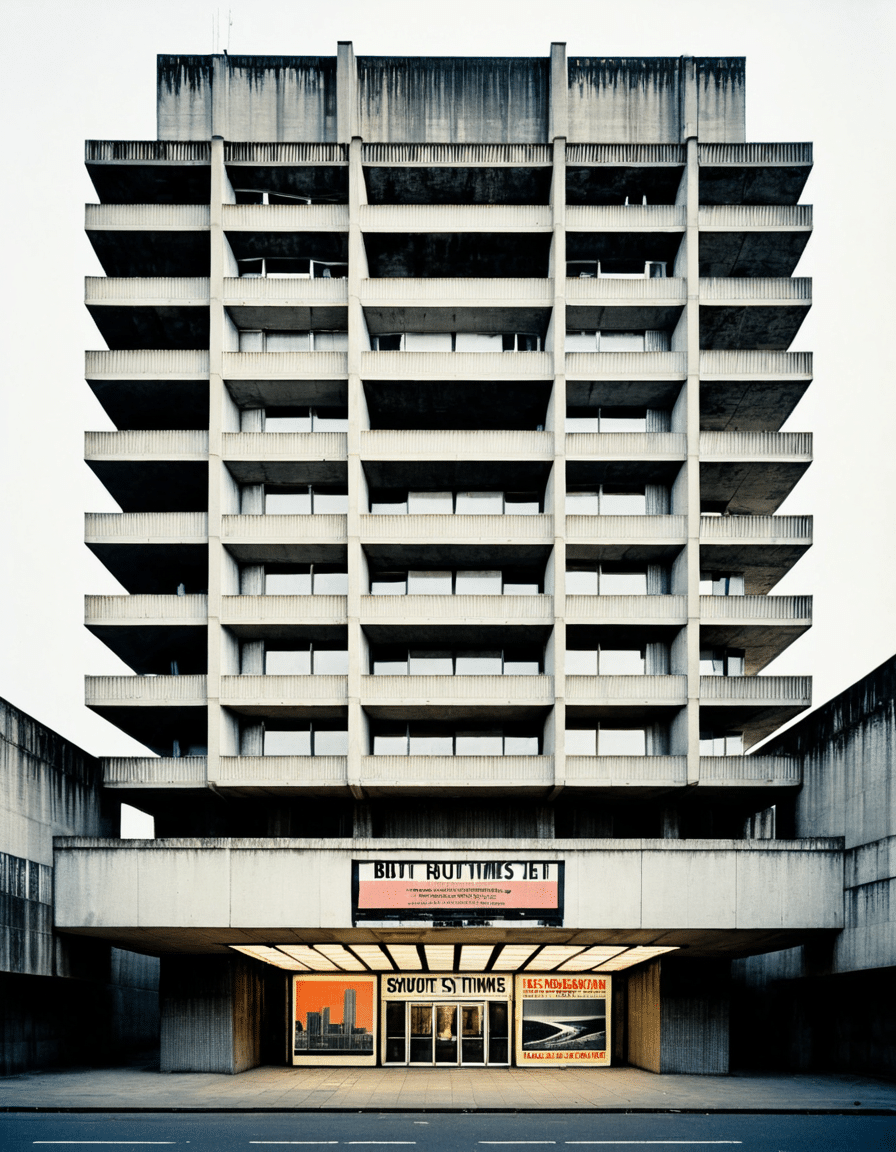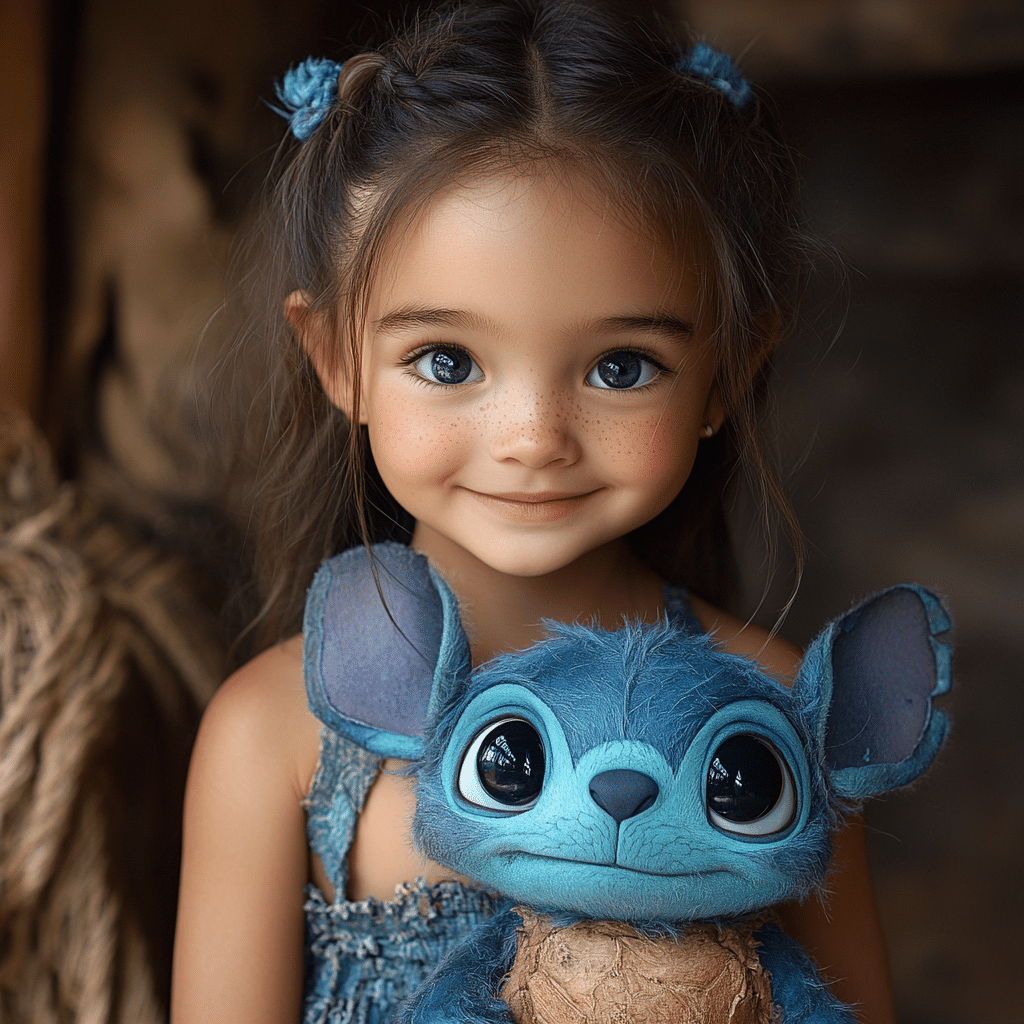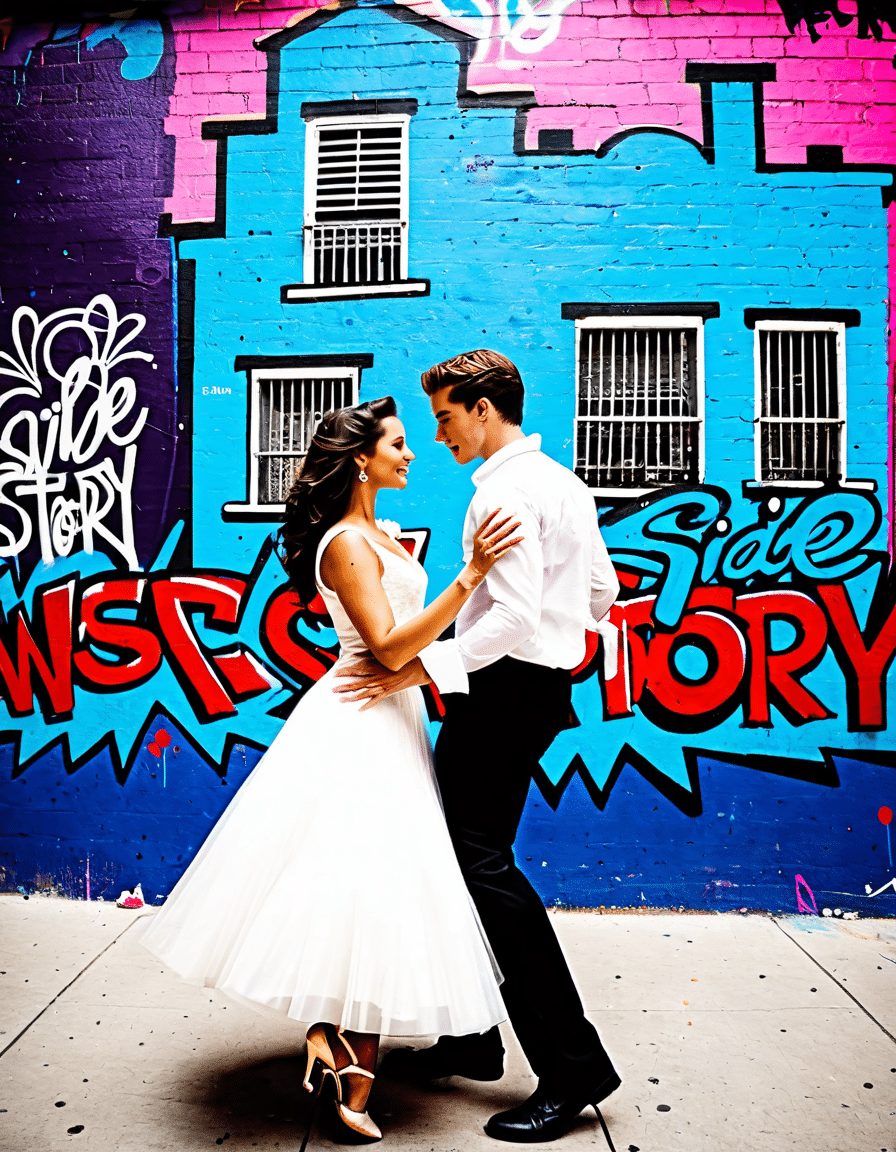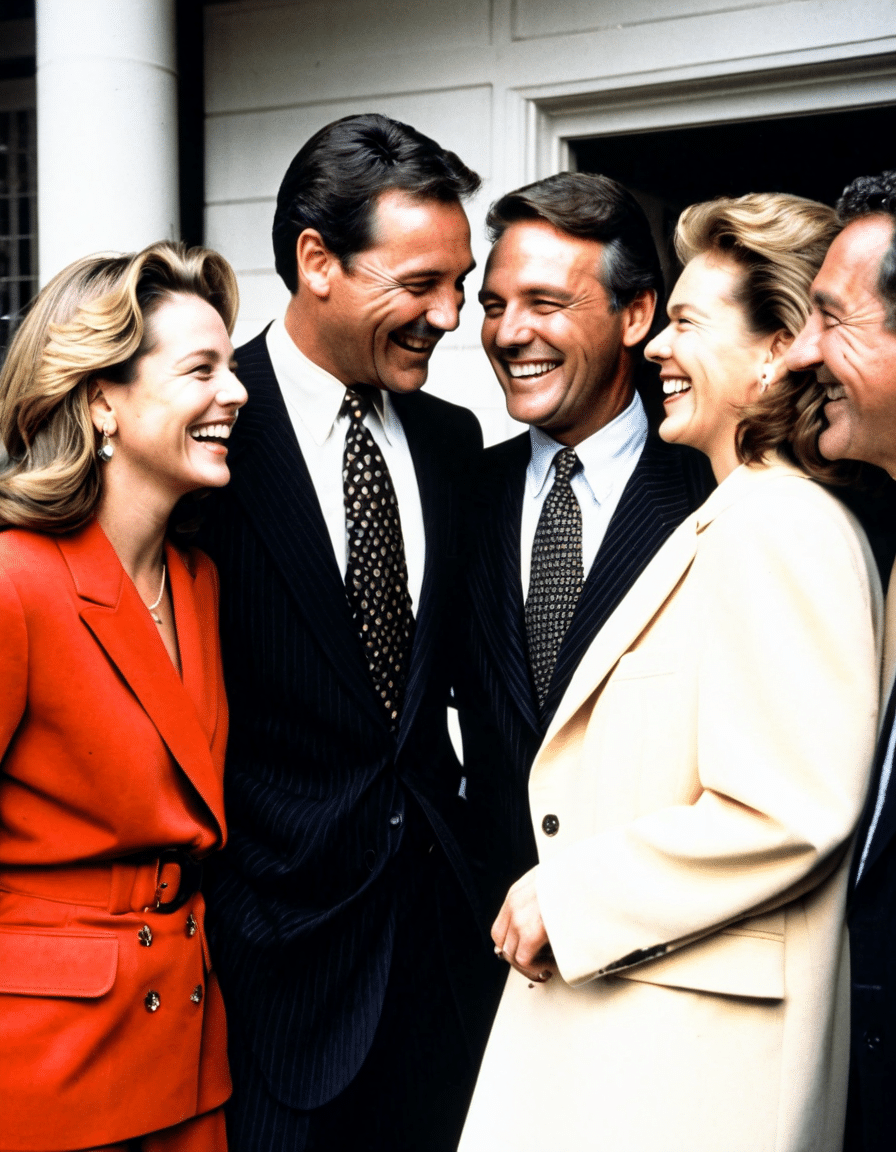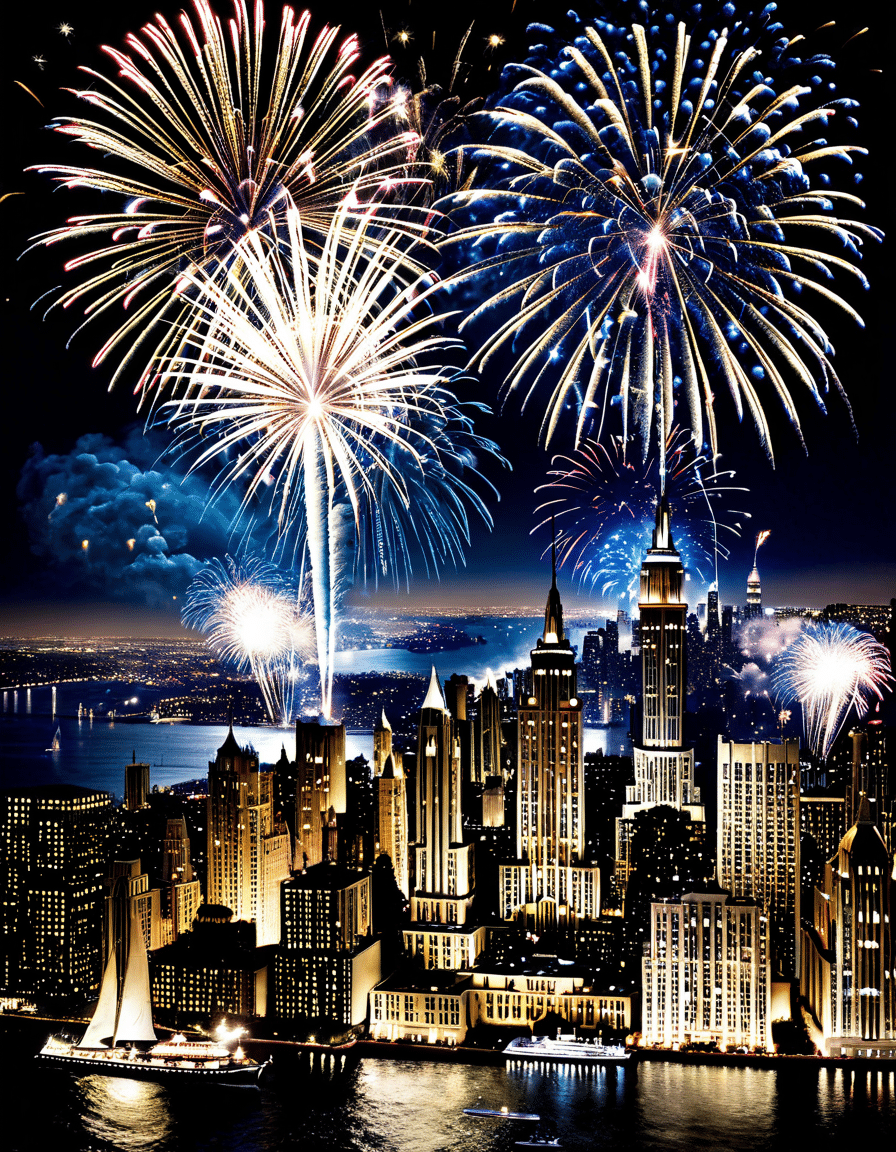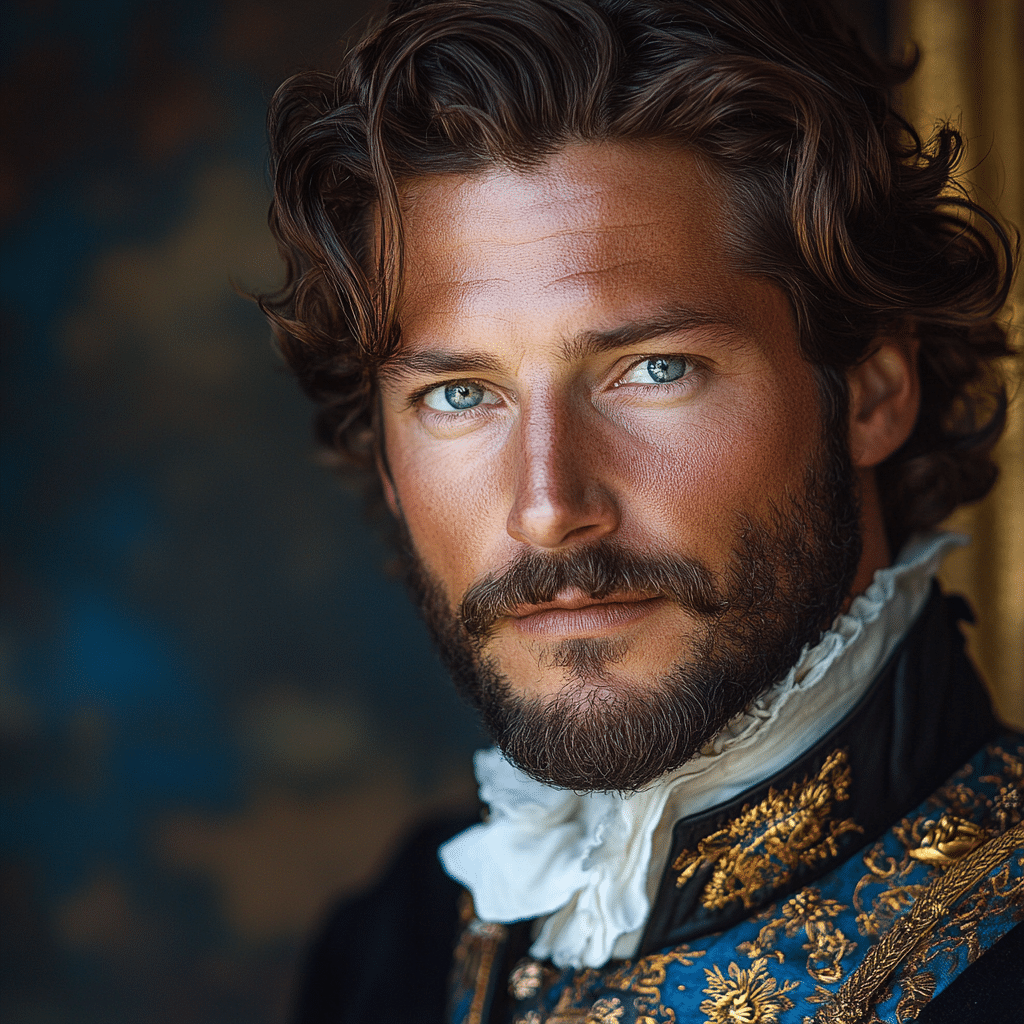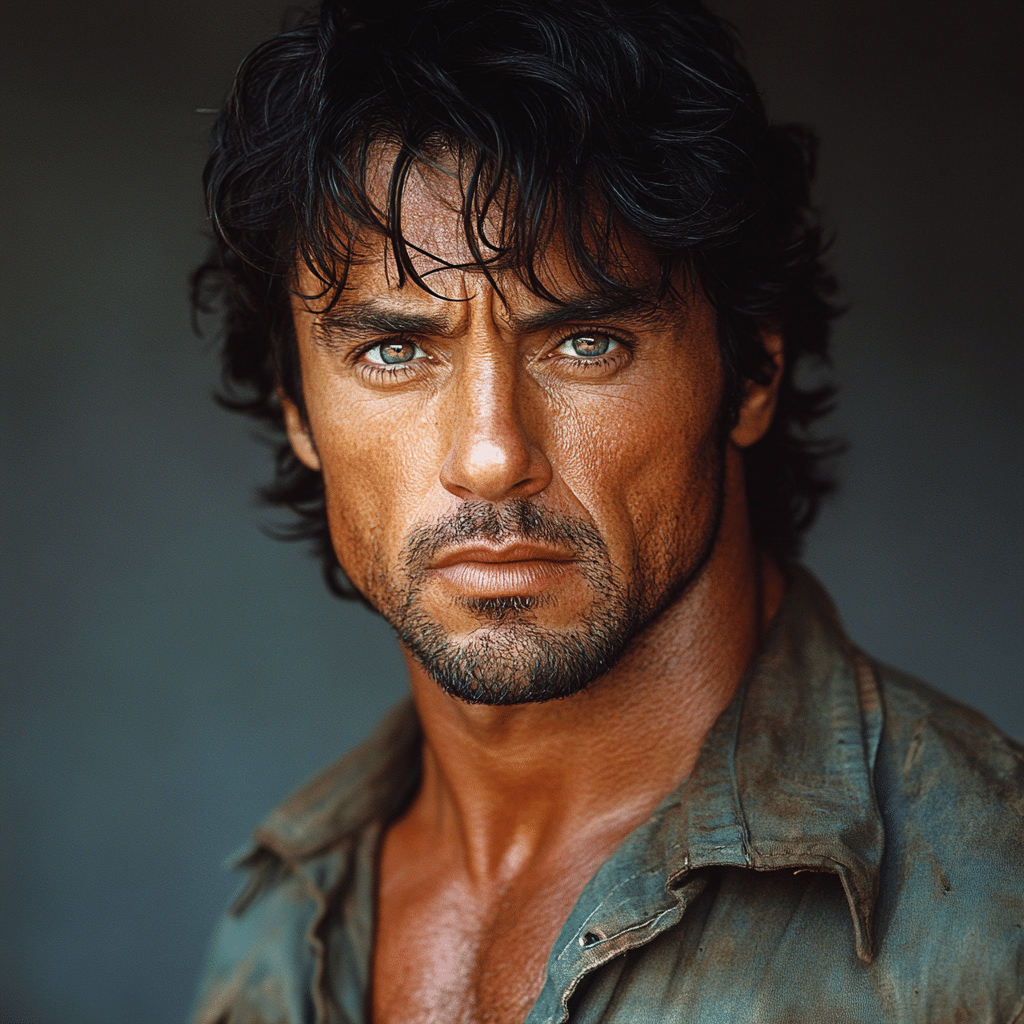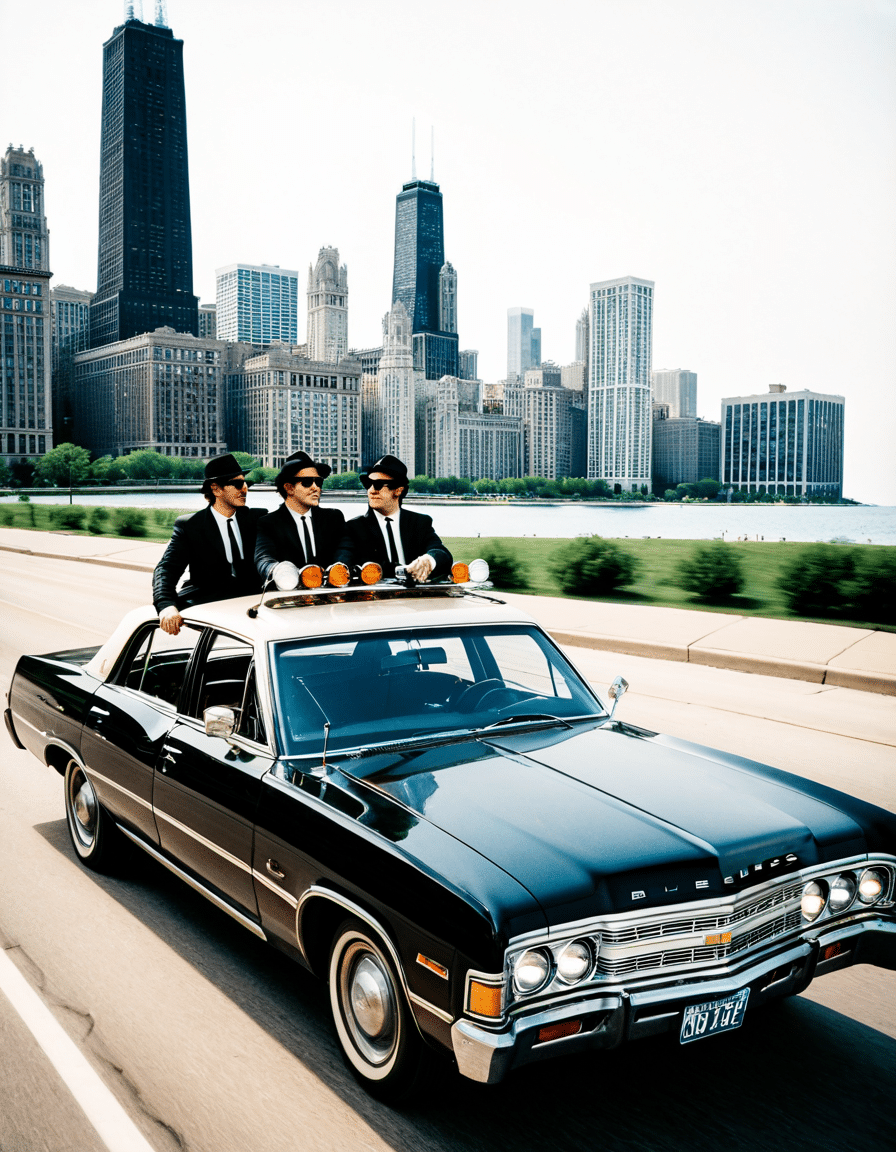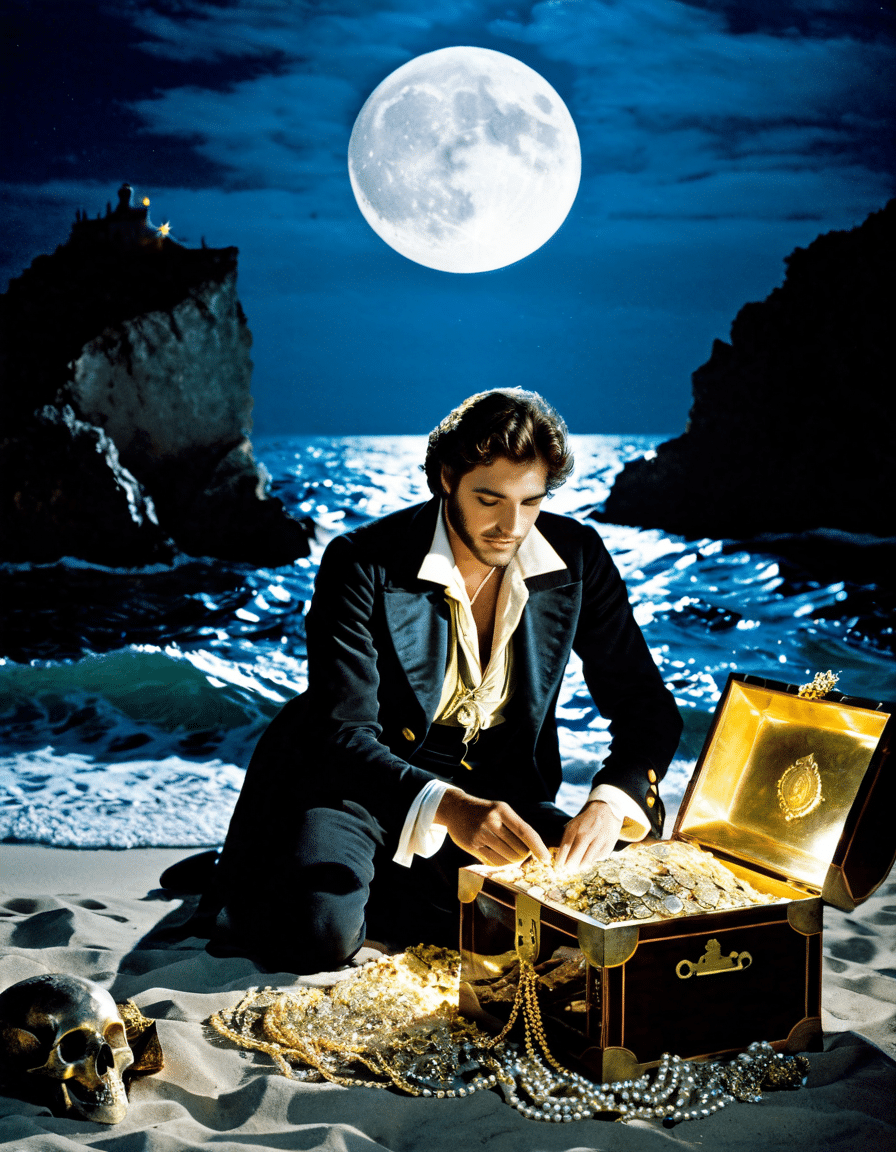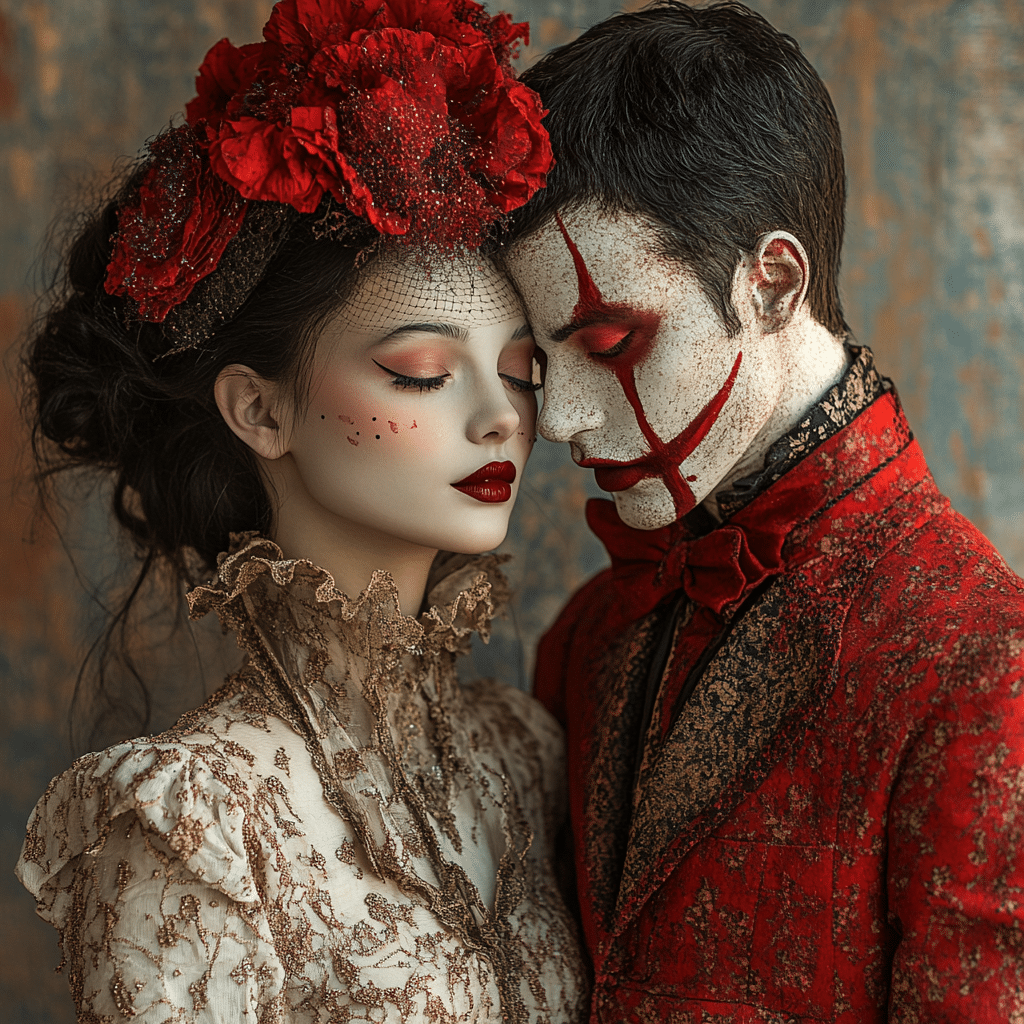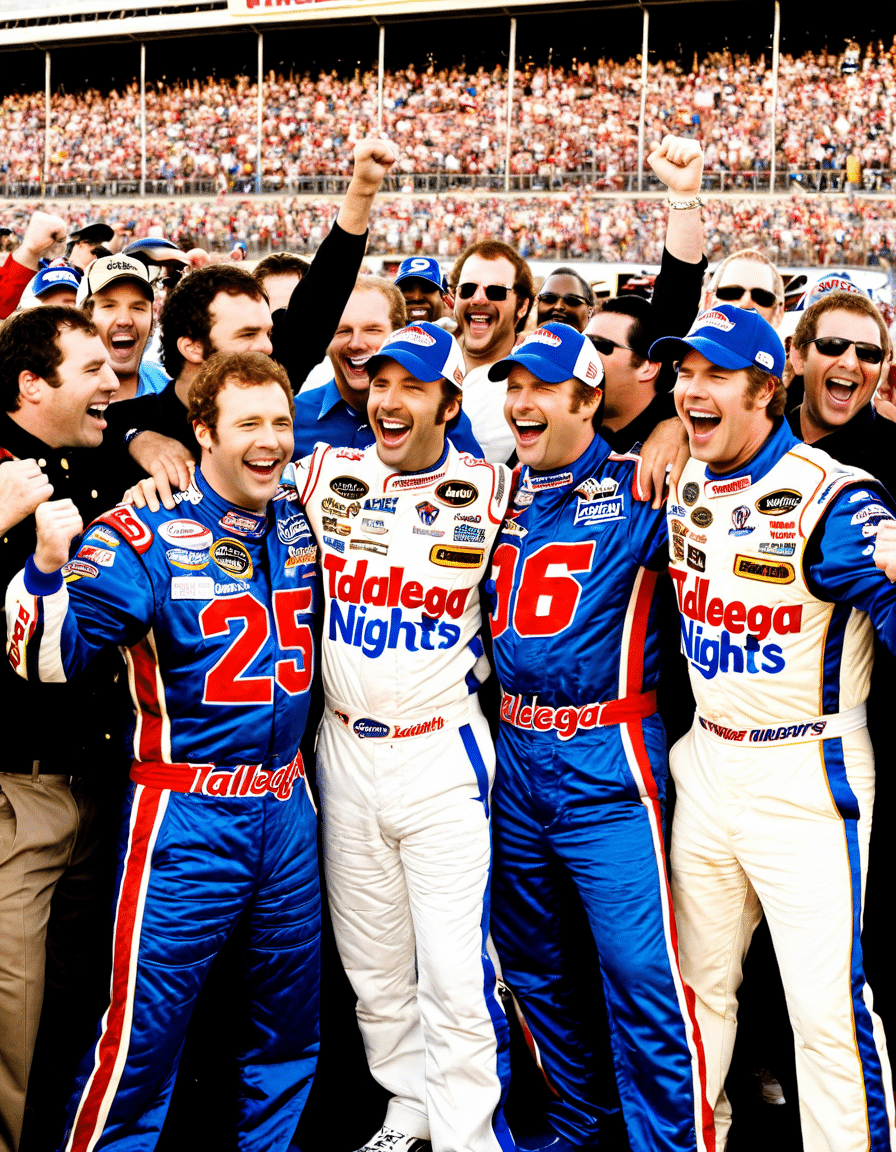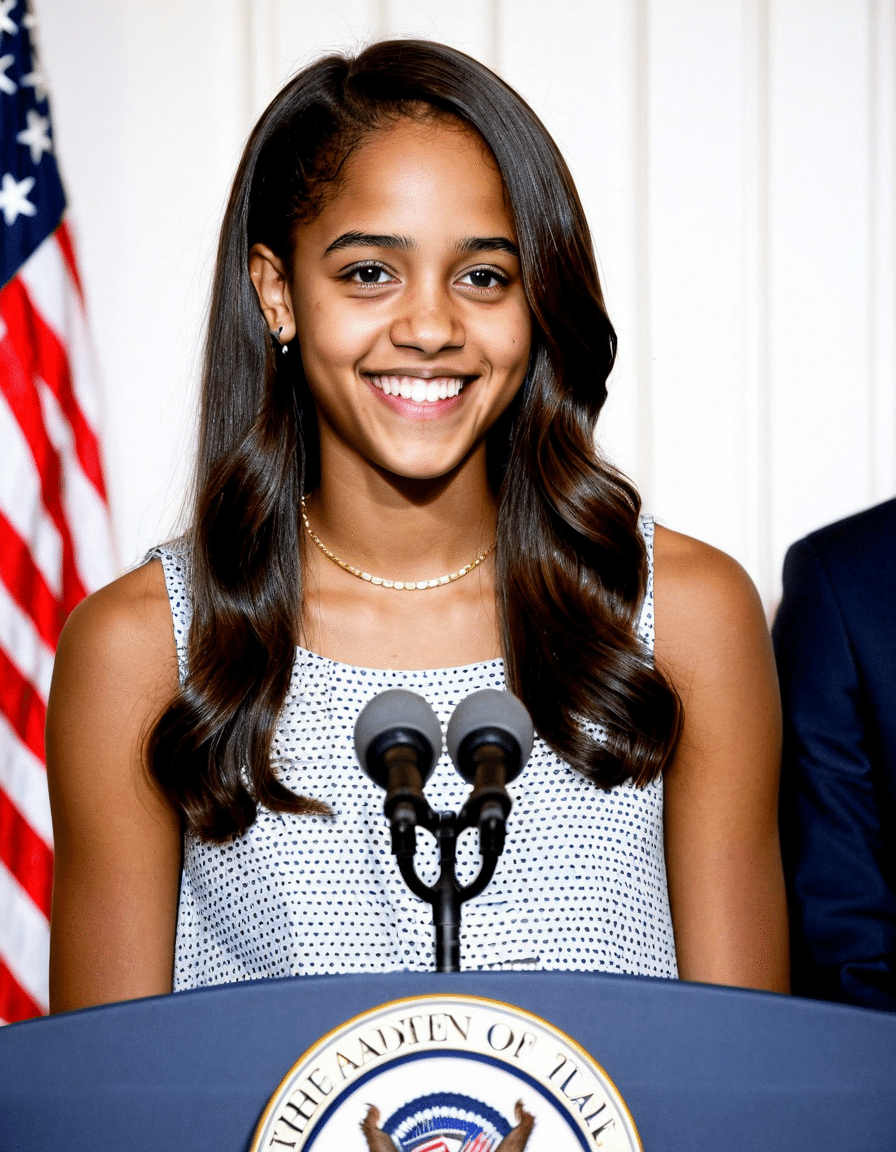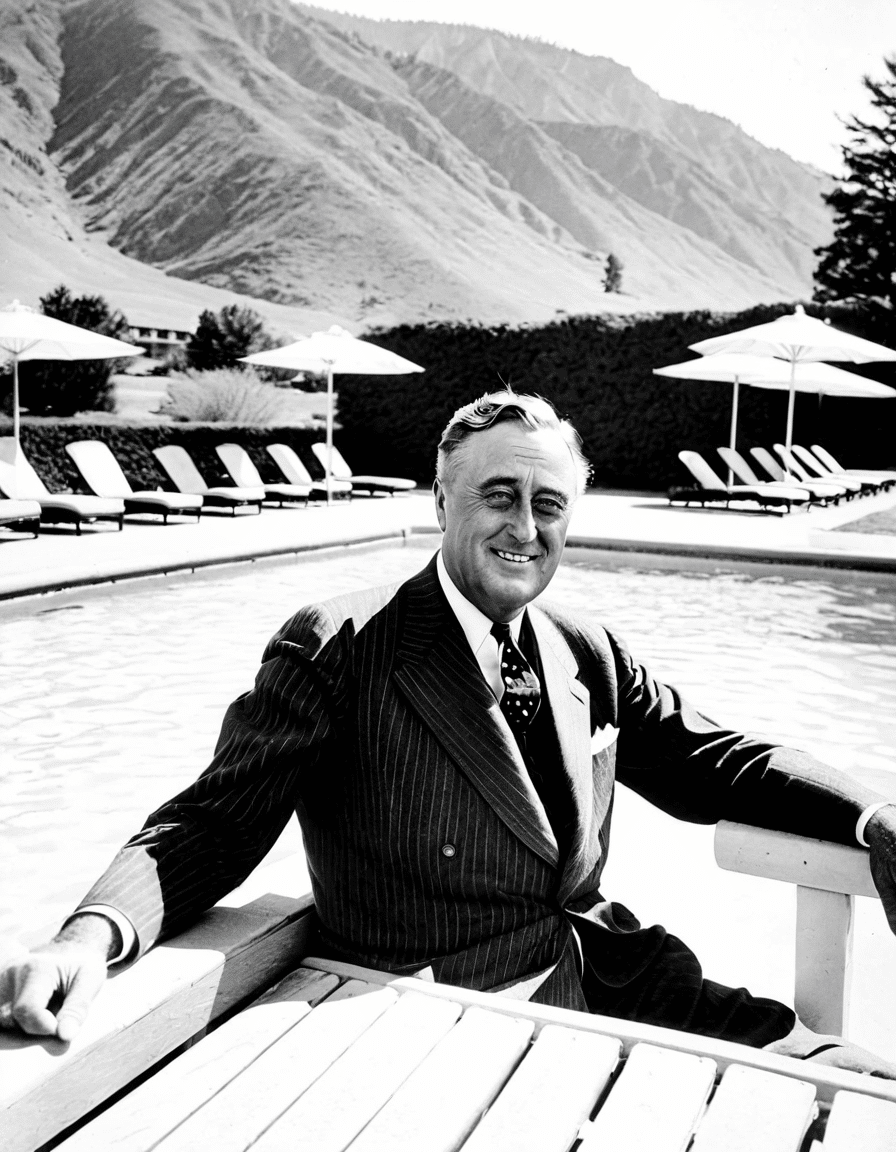Quentin Tarantino has long held a distinct position in the pantheon of filmmakers, crafting experiences that not only engage audiences but also challenge the very fabric of cinematic storytelling. His penchant for genre-bending, nonlinear narratives, and sharp dialogue redefines viewer expectations—transforming movies into cultural phenomena. This exploration delves into seven remarkable Quentin Tarantino movies that showcase his unique style and immense impact on film as an art form.
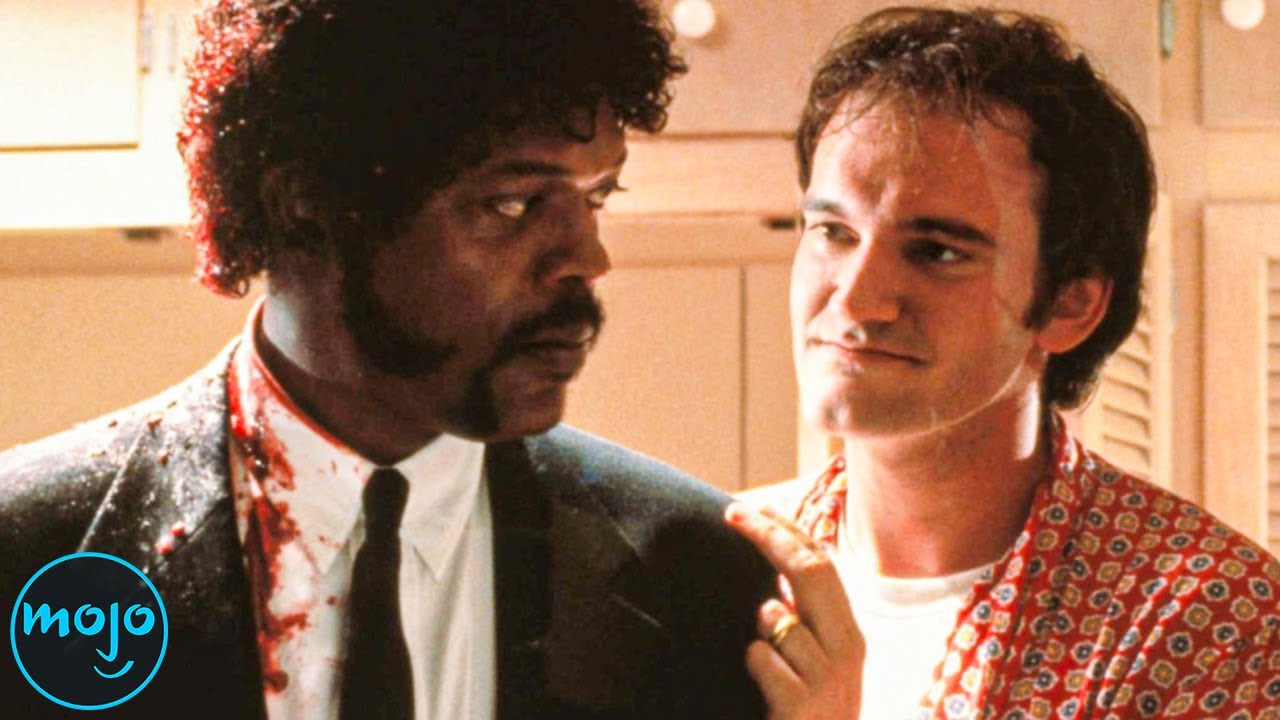
The Top 7 Quentin Tarantino Movies That Changed Cinema
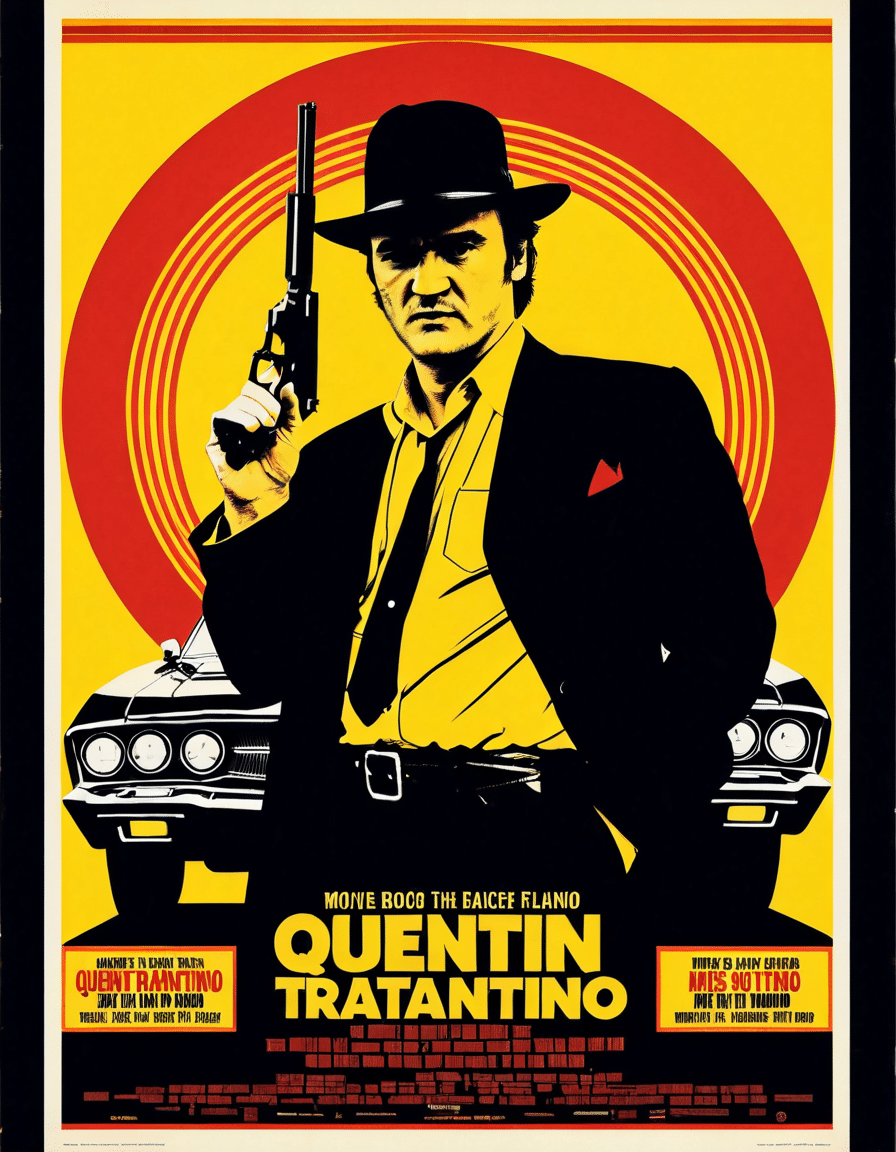
1. Pulp Fiction (1994)
Often hailed as a defining moment in modern cinema, Pulp Fiction interlaces the lives of diverse characters whose stories converge in surprising ways. With its groundbreaking non-linear timeline, the film revitalized the crime genre and altered the narrative structure in films thereafter. Remember that iconic dance scene at Jack Rabbit Slim’s? It’s hard to think of anything else quite like it!
The stellar performances by actors such as John Travolta and Uma Thurman set a new standard for character development and storytelling in cinema. Tarantino’s signature dialogue here is sharp, witty, and often layered with meaning, making it endlessly quotable. Just try mentioning a “Royale with Cheese” without triggering a nostalgic grin. It’s a film that’s not just watched but experienced, cementing Tarantino’s status as a cinematic luminary.
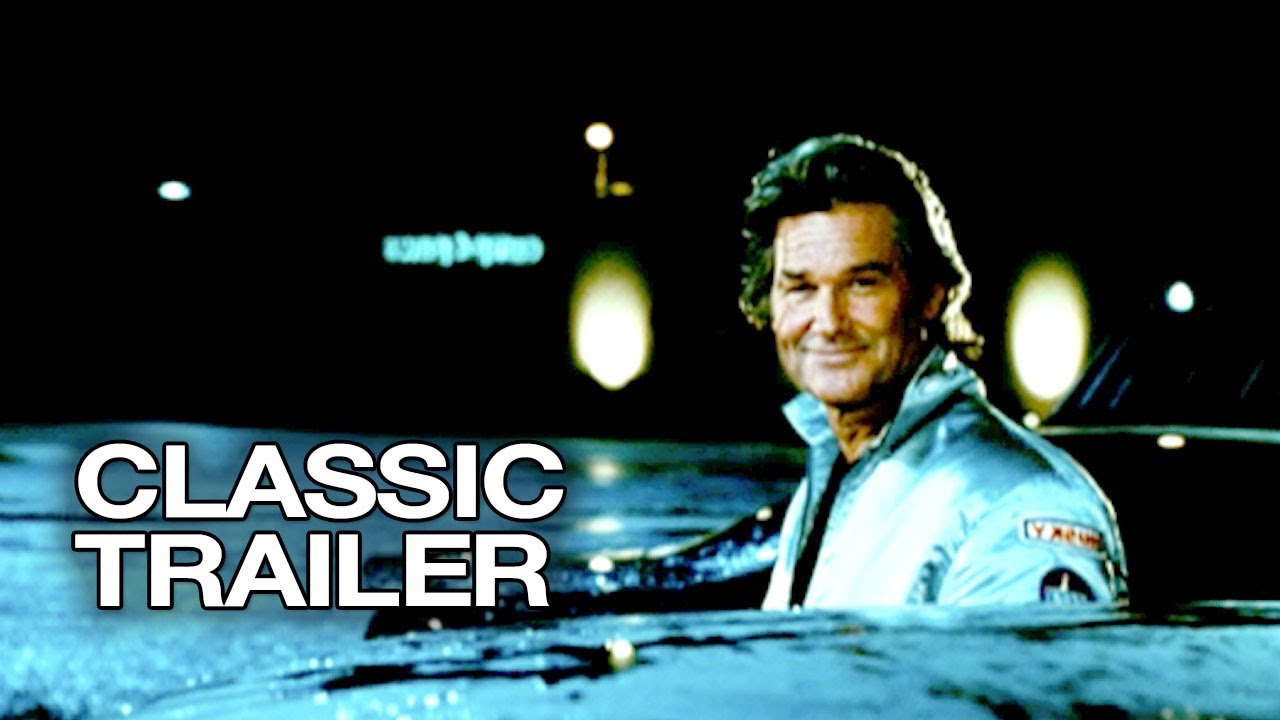
2. Kill Bill: Vol. 1 & 2 (2003-2004)
A love letter to martial arts films and revenge narratives, Kill Bill deftly blends various genres while presenting a woman’s quest for vengeance. Uma Thurman’s portrayal of The Bride, wielding her katana with the grace of a ballerina and the ire of a vengeful spirit, became a defining character in Tarantino’s filmography. The filmmaking style here is nothing short of visionary, with vibrant cinematography and eclectic soundtracks enhancing the visual storytelling.
The film shatters the traditional mold of how female characters are portrayed in action narratives. Tarantino pushes boundaries, lending a fierce humanity to The Bride that resonates deeply. With sequences that seamlessly shift from anime-inspired visuals to classic Western showdowns, it captures everything from loyalty to brutality while deploying his trademark narrative twists. Talk about genre-hopping!
3. Django Unchained (2012)
With Django Unchained, Tarantino tackled the contentious topic of slavery in America through the exhilarating lens of a spaghetti western. He manages to spark conversations about race and representation in Hollywood, all while packing in action and humor. It’s a balancing act that only a visionary like Tarantino could pull off.
Leonardo DiCaprio’s performance as Calvin Candie is memorable and chilling. The complexities he brings to the character showcase the intricacies of morality in a deeply flawed society. The film invites audiences to both root for Django, beautifully played by Jamie Foxx, and grapple with uncomfortable truths—a hallmark of Tarantino’s impactful storytelling. If you’ve ever wondered how the humor of The and the grit of historical narratives could blend, look no further.
4. Inglourious Basterds (2009)
Reimagining World War II, Inglourious Basterds features a plot to assassinate Nazi leaders, blending dark humor with historical revisionism. Christoph Waltz’s portrayal of Colonel Hans Landa earned him an Academy Award, offering a chilling glimpse into the nature of evil. Through witty dialogue and tense encounters, Tarantino boldly rewrites history, allowing audiences a cathartic release.
The film culminates in a climactic finale that serves as a metaphor for cinematic catharsis. The theater becomes a stage not just for characters, but for the viewer’s own desire for justice. This unique storytelling method keeps audiences on the edge of their seats, transforming a historical backdrop into a high-stakes thriller. In many ways, it’s a modern interpretation of classic narratives, echoing influences from Clint Eastwood movies that similarly questioned morality and justice.
5. The Hateful Eight (2015)
The Hateful Eight is quintessential Tarantino—marrying tension-filled dialogue with a confined setting. This movie showcases the filmmaker’s skill at creating microcosms of society. Amidst an unforgiving snowy landscape, it expertly examines themes of trust, betrayal, and survival.
This film serves as an intense exploration of character relationships, each crafted with depth and nuance. With outstanding performances from Samuel L. Jackson and Jennifer Jason Leigh, the acting is sharp and compelling. The episodic structure encourages viewers to savor every moment, building suspense masterfully, making each revelation impactful and often jaw-dropping. There’s an exquisite tension found here that’s hard to shake off even after the credits roll.
6. Once Upon a Time in Hollywood (2019)
Set against the backdrop of 1960s Los Angeles, Once Upon a Time in Hollywood serves as Tarantino’s nostalgic homage to a bygone era in Hollywood. Leonardo DiCaprio and Brad Pitt shine as they traverse the changing landscape of fame, bringing warmth and humor to their portrayals. It’s as much a critique as it is a celebration of the Hollywood dream.
The film takes a bold approach to historical events, ingeniously weaving fact and fiction. The reinterpretation of the Manson Family murders offers a fresh perspective, exploring the dark underbelly behind Hollywood’s glitz. Each scene is a love letter wrapped within a cautionary tale, showcasing Tarantino’s ability to blend genres and narrative styles with finesse.
7. Death Proof and Grindhouse (2007)
Though less widely discussed, Tarantino’s sharp dialogue and narrative intricacies in lesser-known works deserve acknowledgment. With Death Proof and the Grindhouse project, he pays homage to vintage cinema while inviting audiences into visceral experiences. These films explore his fascination with cinematic history and prove his versatility as a filmmaker. Talking about his take on exploitation films evokes visions of vintage movie marathons!
These works invite reverie and critique of traditional horror tropes, showcasing Tarantino’s signature twist on genres. Both movies experiment with pacing and structure in ways that challenge norms while elevating the overall experience. They are exciting reminders of how Tarantino’s knack for storytelling extends beyond mainstream recognition, tapping into the roots of cinema.

The Legacy of Quentin Tarantino and The Influences of Clint Eastwood Movies
Tarantino’s influences can be traced back to icons like Clint Eastwood, who also dared to challenge conventions of storytelling. Much like Eastwood’s films, which often feature unforgettable protagonists wrestling with morality, Tarantino’s narratives echo similar themes. Yet, he adds a contemporary twist, infusing emotion and engaging audiences in a dialogue about societal values.
His distinct cinematic language offers layers of meaning, creating films that resonate beyond mere entertainment. In today’s film landscape, few directors have the flair for blending homage and innovation in the way Tarantino does. With his ambition to retire after ten films, he pushes himself to deliver works that remain etched in cinematic history—an approach that guarantees his legacy stays untarnished.
In this age of Netflix binges and surface-level storytelling, Tarantino’s films force us to engage with the medium on a deeper level. His artistry not only entertains but reflects on cultural paradigms, leaving viewers with lingering questions and ample room for interpretation. Each experience, every quentin tarantino movie, serves to breathe new life into storytelling, making cinema an adventure that stretches far beyond the screen.
Tarantino’s work is a masterclass in cinema – a genre-bending, dialogue-rich exploration of humanity and moral complexities that inspires both filmmakers and fans alike. As we watch his masterpieces unfold, we celebrate the magic of cinema and the stories that shape our understanding of the world. So grab your popcorn and get ready; the show’s just getting started!
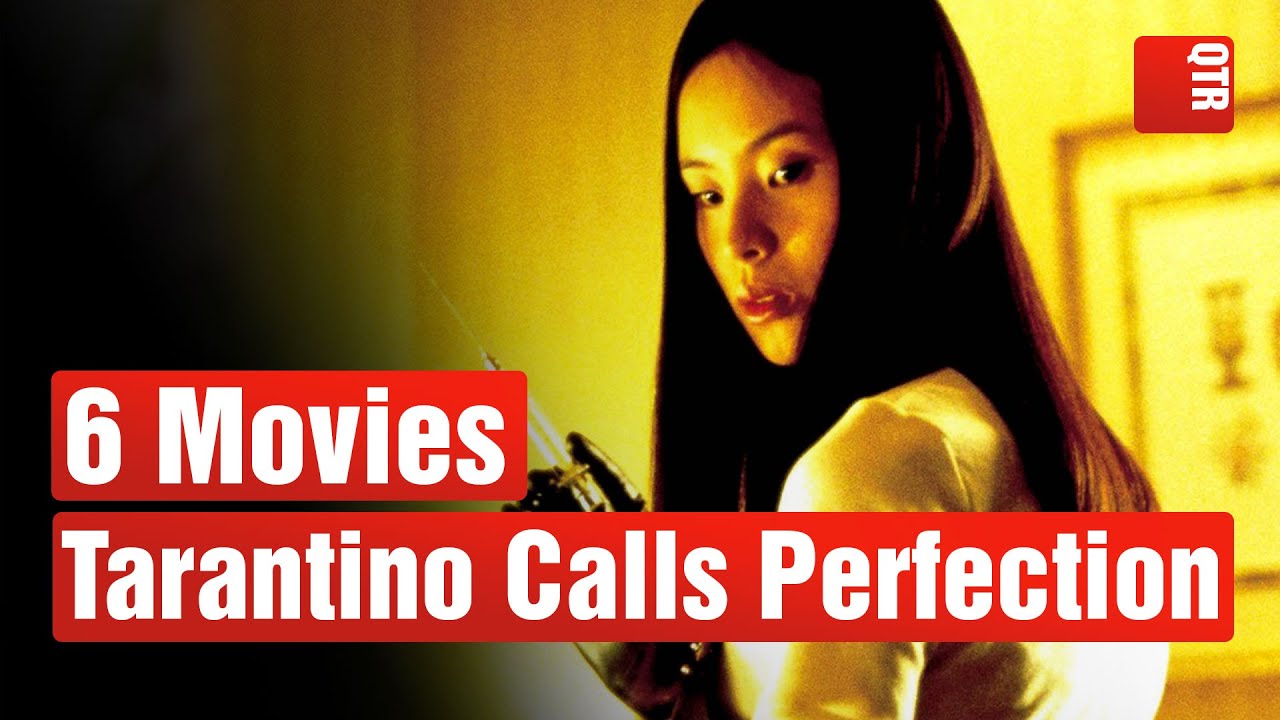
Quentin Tarantino Movies That Redefine Cinema Masterpieces
Behind the Scenes Magic
Quentin Tarantino movies are a treasure trove of cinematic brilliance, and diving into the behind-the-scenes stories reveals just how unique they are. For instance, did you know that the iconic baggy Jeans worn by many of his characters are a nod to ’90s street fashion? This choice isn’t just about style; it encapsulates a particular era while giving characters an authentic touch. Although clothing isn’t typically highlighted in film discussions, Tarantino knows that every detail can resonate with audiences, just as timeless classics like the Count of Monte Cristo resonate with their viewers.
Another fascinating tidbit involves the casting choices in Tarantino films. He often revives the careers of actors many consider overlooked. Keith Morrison, for instance, has a cameo in an uncredited role, showcasing how Tarantino likes to surprise audiences. This aligns with his broader strategy of integrating unexpected elements into his storytelling. It’s all about creating memorable moments that linger long after the credits roll!
Influence on Pop Culture
When it comes to Quentin Tarantino movies, pop culture references abound; he has a particular knack for weaving in elements from various genres. Take the famed homage to Blues Brothers in “Kill Bill,” where the bride’s yellow jumpsuit pays tribute to the duo’s classic film. Such details connect different cultural threads, enriching his narratives while making them a delightful puzzle for fans to piece together. Just like how the popular series Voltron combines diverse characters into a unified force, Tarantino brings together separate influences into his unique cinematic vision.
Speaking of connections, remember how Sean Connerys powerful presence shaped the spy genre? Tarantino pays similar homage to legendary actors by reflecting aspects of their personas in his character creations. His love for referencing classics not only keeps his films fresh but also builds an impressive tapestry that viewers can appreciate, kind of like watching a well-crafted movie unfold while monitoring mortgage rates over time. Every element adds to the bigger picture.
Thrills and Surprises
Then, there are the unexpected twists prevalent in Quentin Tarantino movies that fuel discussions long after viewing. Fans of “Inglourious Basterds” often find themselves pondering questions about character fates, such as Does Joel die in The last Of us? While that’s a different narrative, the suspense in Tarantino’s storytelling evokes similar speculations. Notably, his films make you reconsider what could happen next, sometimes throwing in a twist that might baffle audiences, much like discovering a gem among the stories of Willie Gary.
In conclusion, the world of Quentin Tarantino movies is not just about visuals or dialogue; it’s an immersive experience interwoven with rich trivia and cultural references. Whether it’s through fashion statements that remind you of baggy jeans or nods to cinematic heroes like Sean Connery, each film presents an engaging journey that redefines what it means to enjoy cinema. So, the next time you settle in for a Tarantino classic, think deeper—it’s all part of the thrill!
